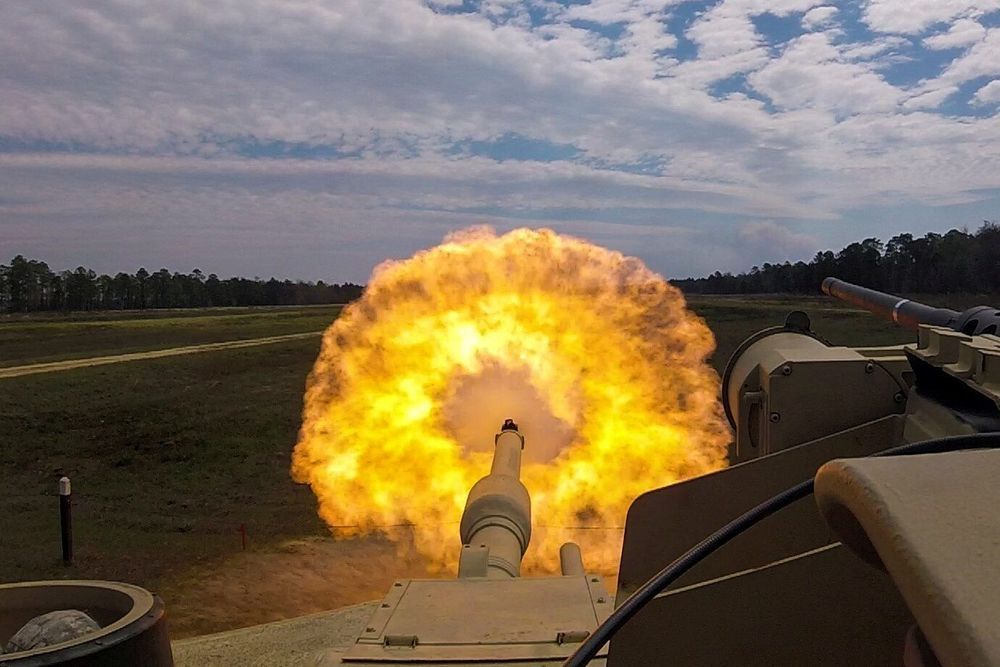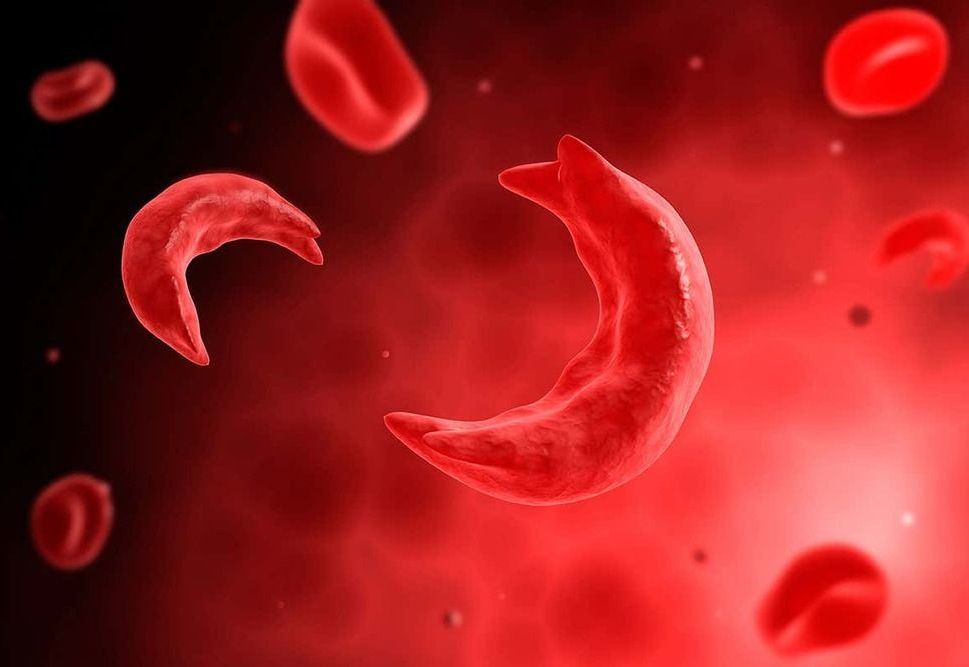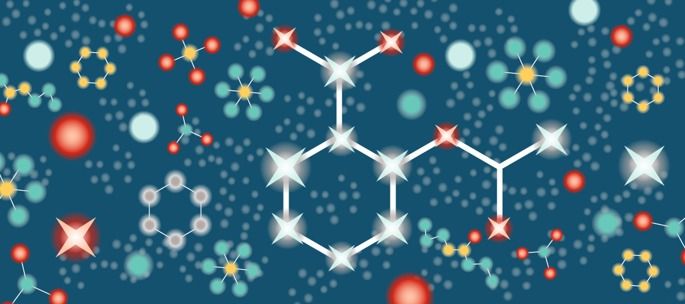In other words, practicing the arts can be used to build capacity for managing one’s mental and emotional well-being.
Neuroesthetics — With recent advances in biological, cognitive, and neurological science, there are new forms of evidence on the arts and the brain. For example, researchers have used biofeedback to study the effects of visual art on neural circuits and neuroendocrine markers to find biological evidence that visual art promotes health, wellness, and fosters adaptive responses to stress.









